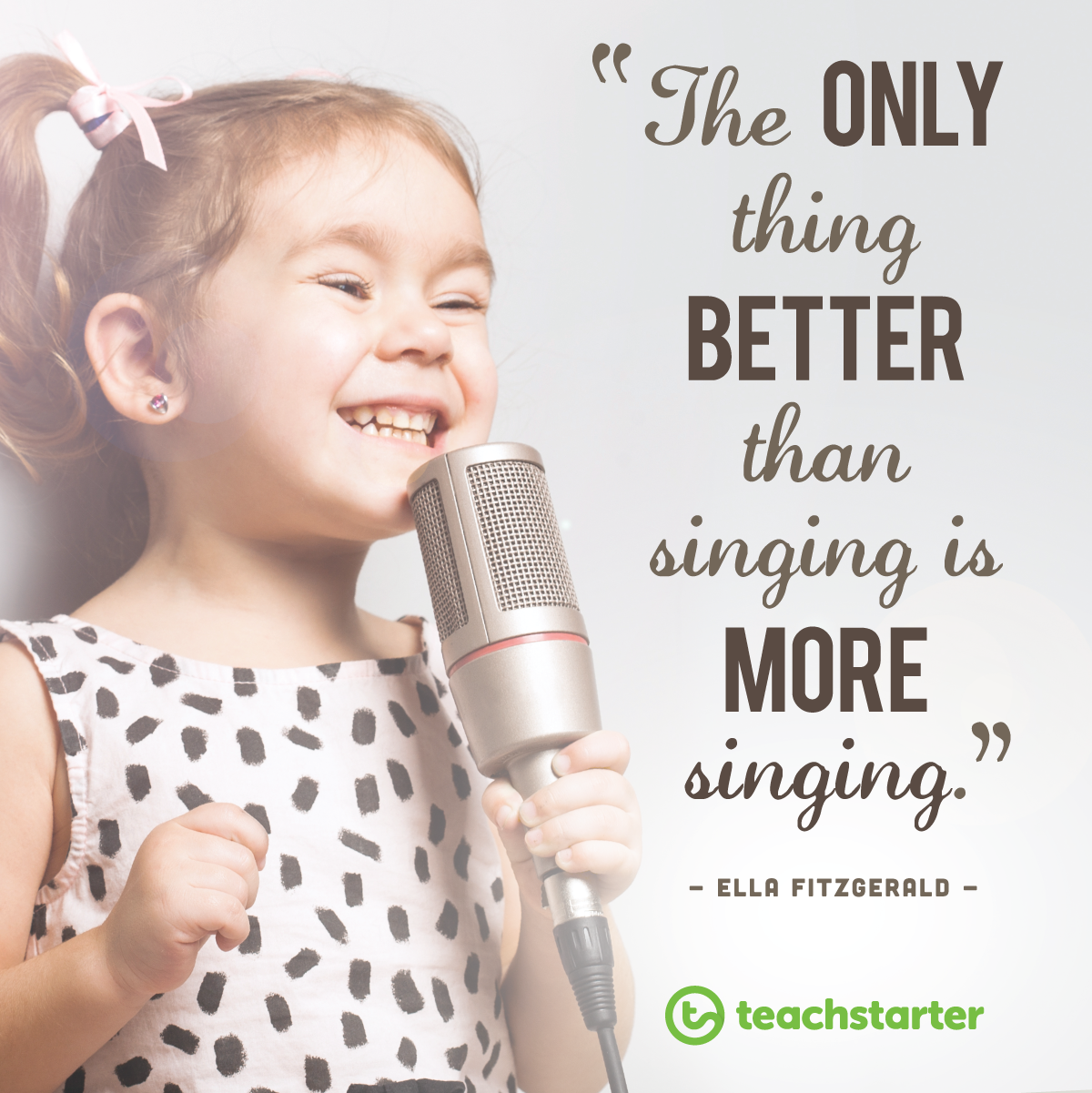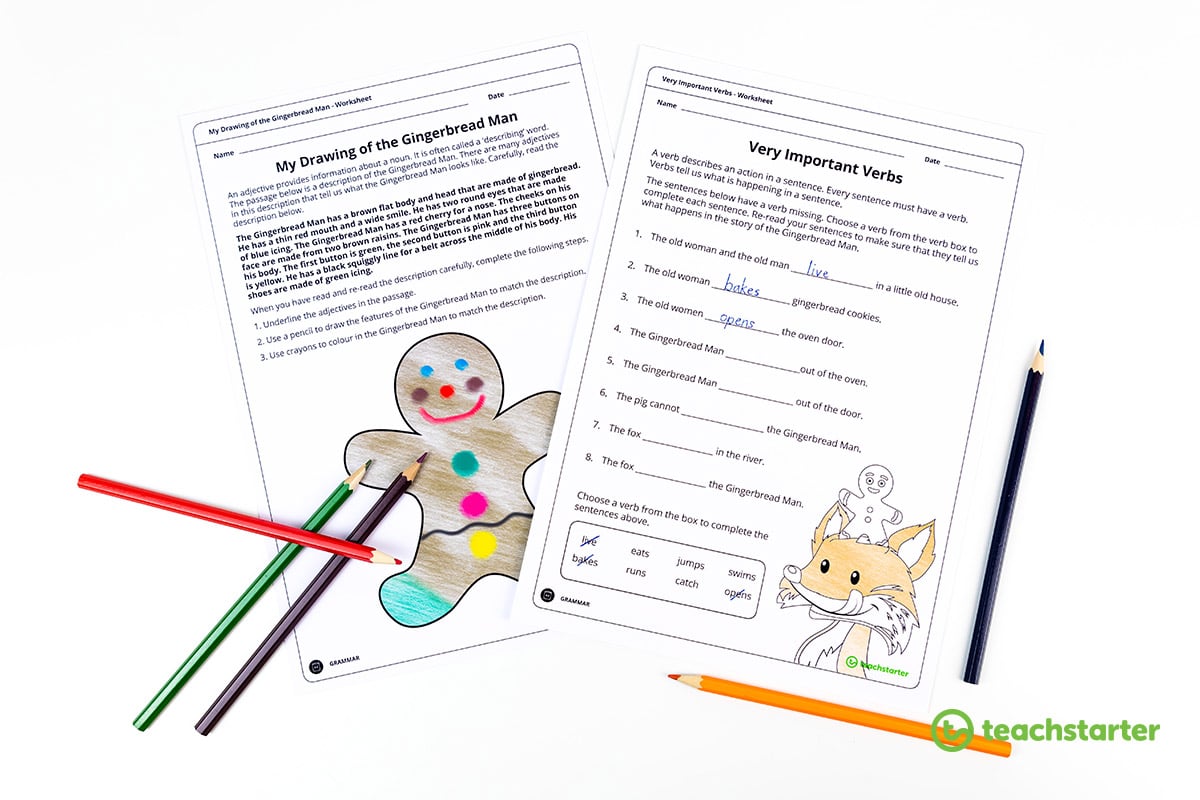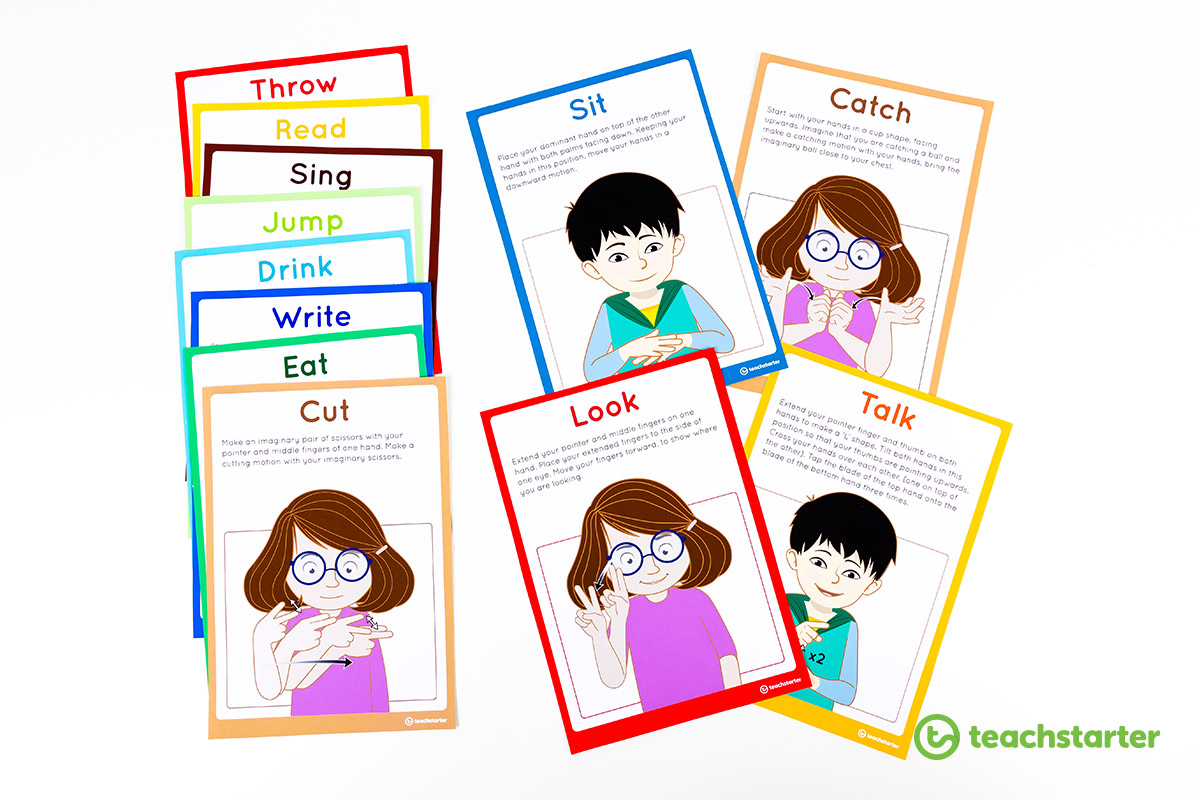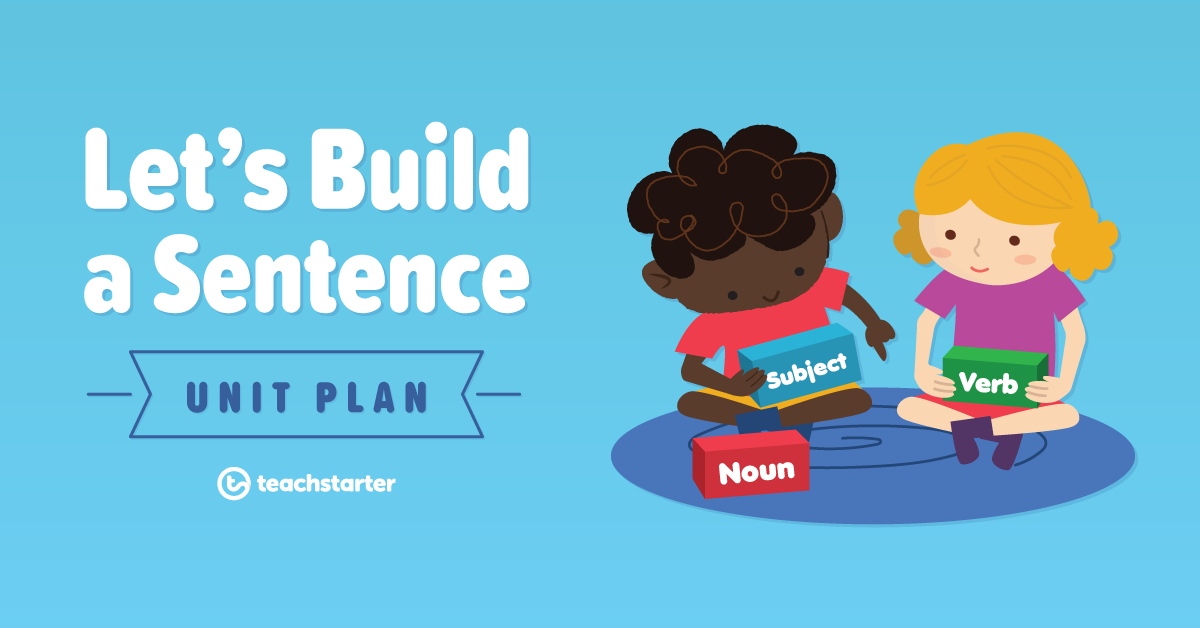Let’s admit it, teaching sentence structure and the conventions of standard English can be content heavy and light on the fun factor. Trust me, I’ve got this covered. In this blog, I am going to share some of my top tips for increasing the fun factor during your language lessons. These sentence structure activities help to secure student understanding of how to use and apply the components of simple and compound sentences.
1.Break It Down and Build It Up

Building a sentence is a little bit like solving a jigsaw puzzle… It is easier to understand the desired outcome by looking at the whole picture on the box, looking carefully at the individual pieces and only then, starting to put the pieces together.
With this in mind, make sure that you expose your class to good quality literature and use sentence structure activities to teach the individual components of a simple sentence in isolation before you attempt to put it all together.
2. Build in Regular Modelled Writing Sessions
Writing is complicated. By modelling to your class, how to build and write sentences, you are giving them the gift of confidence to have a go themselves.
One of the best ways to get more out of a modelled writing session is to verbalise your thinking process to the class. Please, make mistakes in front of your class! Go back, re-write and model the process not just the end result. Encourage your class to do the same as you and to think out loud.
It’s also very effective for students to use a writing checklist as a prompt that shares success criteria and facilitates writing success.
After whole class modelled writing, certain groups of students may benefit from guided writing sessions to consolidate their understanding. Check out Holly’s post “Guided Writing in the Classroom: A Teacher’s Guide with Printable Templates” for more information about setting up a guided writing session and about these amazing new guided writing resources.
3. Get Moving
Empower your class to make connections between language and its concepts by incorporating physical and interactive sentence structure activities. All you need is a set of mini whiteboards, some humans and a pen to build a human sentence!
4. Sing Songs

This inspiring video will help you to get your groove on. I love it so much that I watched it over and over again so that I could write down the lyrics for you.
Punctuation Song Lyrics
Comma punctuation,
Full stop punctuation,
Exclaim punctuation,
Question punctuation.
Punctuation marks,
You gotta have them in your sentence,
Punctuation marks,
You got to have them in your sentence.
The comma’s just a little thing that tells you to slow down,
So when you’re reading in your books you pay attention now,
At the end of the sentence, you often see a dot,
We call this a full stop, it tells you when to stop.
A question mark will ask you something, you have to figure out,
Like who, what, where, when, why and how,
An exclamation mark is to show some feeling,
Like shouting and yelling or showing that you mean it!
Punctuation marks,
You gotta have them in your sentence,
Punctuation marks,
You gotta have them in your sentence.
Why not be musically inspired to create your own class song to help learn another component of sentence structure?
5. Teach Sentence Structure in Context
A huge advantage of learning grammar in a familiar context is that learners will see how structures function in sentences and how sentences are related to each other.
With this in mind, why not choose a well known fairy tale to explore the key components of a simple and complex sentence? Pictured above are our My Drawing of the Gingerbread Man Worksheet and Very Important Verbs Worksheet.
6. Teach Verbs in Australian Sign Language
Make links between language and its concepts by learning them in a different context and incorporating movement and actions.
Try signing verbs in Auslan by using out Auslan Verb Flashcards as part of a sentence structure activity.
7. Have a Capital Letter and Full Stop Scavenger Hunt
Explore the importance of capital letters and full stops by hunting for them in and out of the classroom and in literature.
Try out our Capital Letter and Full Stop Scavenger Hunt Worksheet.
8. Make a Character Adjective Concertina
The bottom line is that your class are more likely to absorb and remember what they have learned during a fun, creative and engaging sentence structure activity.
Create a Character Adjective Concertina to describe the personality and appearance of the Gingerbread Man, a character from a book of your choice or ask the students to choose adjectives to describe themselves.
Downloads to support this activity idea include:
9. Play Games, Complete Sentence Scrambles and Sorts
Children know how to learn. They play games! Encourage your class to use and apply their knowledge and understanding of language concepts and socialise by playing games.
The printable Build a Sentence Card Game pictured above is a really fun way for students to practise their new skills!

10. Read, Read and Read Some More

There is an interconnected relationship between reading and writing. Essentially, reading helps the development of writing and writing helps the development of reading. Independent, shared and guided reading provides students with the opportunity to learn about people, places and events outside of their own experience.
By reading and promoting a wide range of literature to your class, you are opening the door to rich vocabulary and providing a model for correct sentence structure. So it’s time to deconstruct, discuss and delve into the sentence structure within the books that you are reading as a class.
Don’t forget that reading promotes achievement in all subjects, not just English. Children who are good readers tend to achieve better across the Curriculum.
I hope that my 10 tips for teaching the foundations of sentence structure have inspired you!
If you’re wondering what to do next and how to put the pieces together, I have written a 10 lesson English unit that has been designed to introduce the key components of simple and compound sentences to younger students. You can use it as it is, adapt it or select the lessons and sentence structure activities that you need.
During my time as a teacher, I loved teaching language and its weird and wonderful conventions. I hope that if you didn’t before, you will soon love teaching it too and that you will pass your passion for language onto the students in your class.












Comments